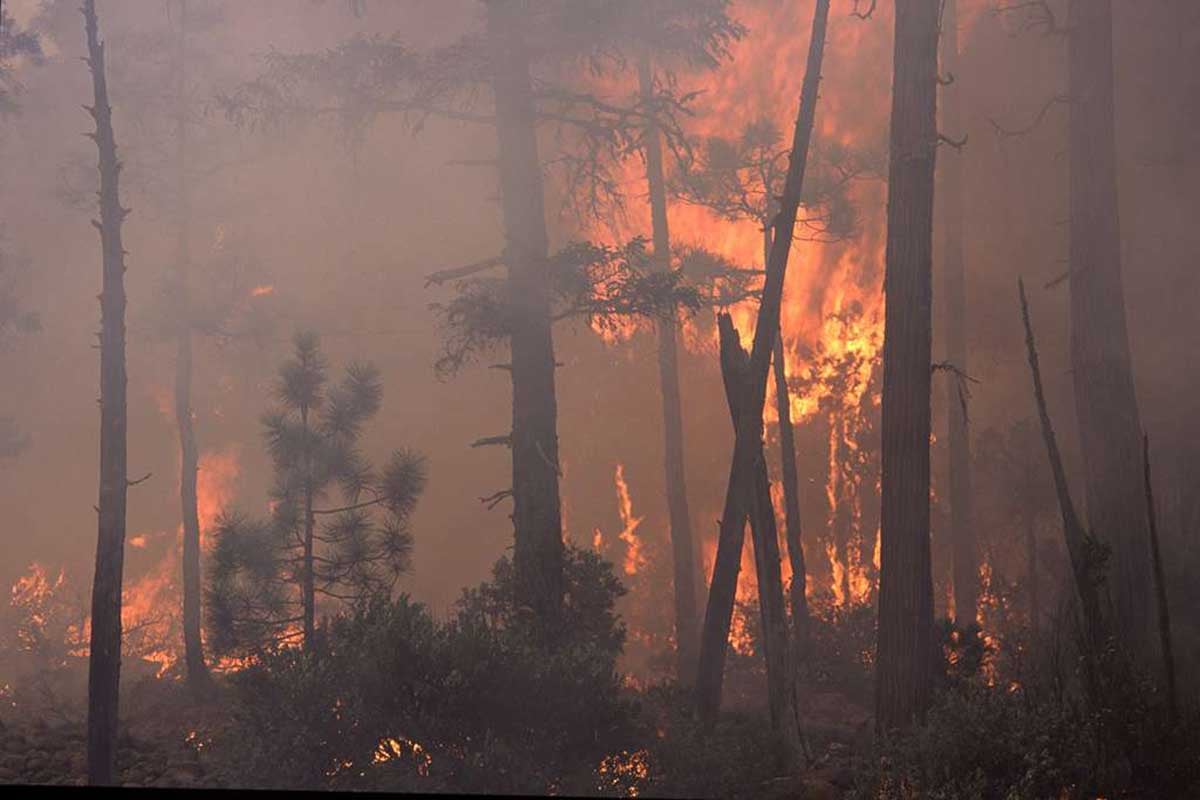Wildfire Smoke Is Sending More Oregonians to the ER, Especially in Latino Communities

Breathing-related illnesses, such as asthma and Chronic Obstructive Pulmonary Disease (COPD), increase when air quality deteriorates, according to Oregon Health Authority (OHA) data.
According to the OHA’s recently updated Air Quality & Health Outcomes data dashboard, there is a direct correlation between poor air quality and emergency department and urgent care clinic visits by people with breathing-related illnesses and mental health conditions.
New OHA data show that when air quality worsens in Oregon, more people visit emergency departments and urgent care clinics for respiratory illnesses, as well as anxiety and stress-related symptoms.
Data and Epidemiology Unit manager, Jen Seamans, says health authorities have long suspected the negative effects of poor air quality on lung health and mental well-being. She says the newly updated OHA dashboard will enable health partners and hospitals to better prepare to cope with the influx of patients during poor air conditions.
Smoke Events Revealed that the Hispanic/Latino Communities Suffered Respiratory Problems the Most
During the 2020 wildfire, there was a 25% statewide increase in healthcare visits by people suffering from asthma-like illnesses.
In the three counties of Clackamas, Multnomah, and Washington, emergency department visits for air quality-related respiratory illness in 2022 were 44% greater in Washington County compared with the 2016-2019 average, 35% greater in Clackamas County, and 7 % greater in Multnomah County.
The Hispanic/Latino Communities Suffer the Most From Breathing Problems
Health authorities found that the Hispanic/Latino communities were more susceptible toi respiratory problems. Their visits during major smoke events increased by 30%, and were 22% higher than any other nationality group.
How the Dashboard is Helping Health Authorities
The Air Quality & Data Outcomes dashboard is helping departments plan for surges in health requirements more efficiently during wildfire smoke and other pollution events.
It will also help health authorities to target public health messages to people most at risk from poor air quality.
Air quality data can be integrated into climate resilience and emergency preparedness planning.
The data helps to advance health equity by identifying communities disproportionately affected by air pollution.
Visit the Oregon Environmental Public Health Tracking website for downloadable datasets, maps, and guidance materials.
